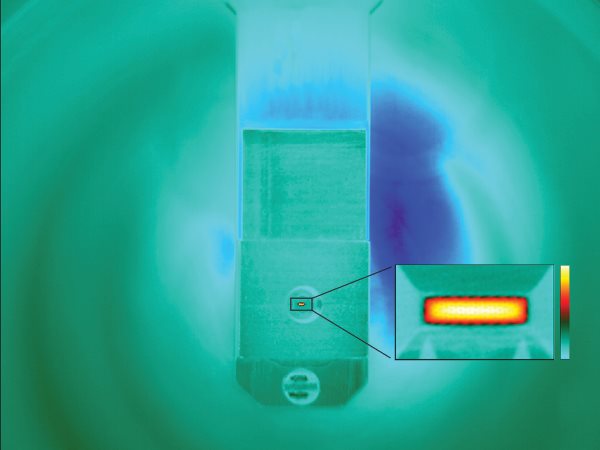Direct observation of the nanoscale Kirkendall effect
Hollow nanostructures have important applications for use in catalysis, plasmonics, and biomedical research. Typically, hollow nanostructures are synthesized via galvanic replacement reaction (GR). However, the transient mechanism of the formation of hollow structures in nanostructres have not been verified experimentally. The researchers in this study used Hummingbird Scientific’s Liquid Heating platform to observe the nucleation, growth, and coalescence of voids inside the nanocubes during the GR reaction with Au ions at different temperatures. In the experiment, the nanocube solution was drop-casted onto the heater chips and sealed in the liquid holder using the bottom spacer chips. The Ag nanocubes were heated to a desired temperature before flowing the solution. The Ag nanocube studied were stable and remained in cuboid shape after heating at ~ 90 degree Celsius during imaging. This study could potentially benefit in the synthesis of other nanostructures.

Reference: Utkur Mirsaidov et al. Direct observation of the nanoscale Kirkendall effect during galvanic replacement reactions. Nature Communications (2017). Abstract

